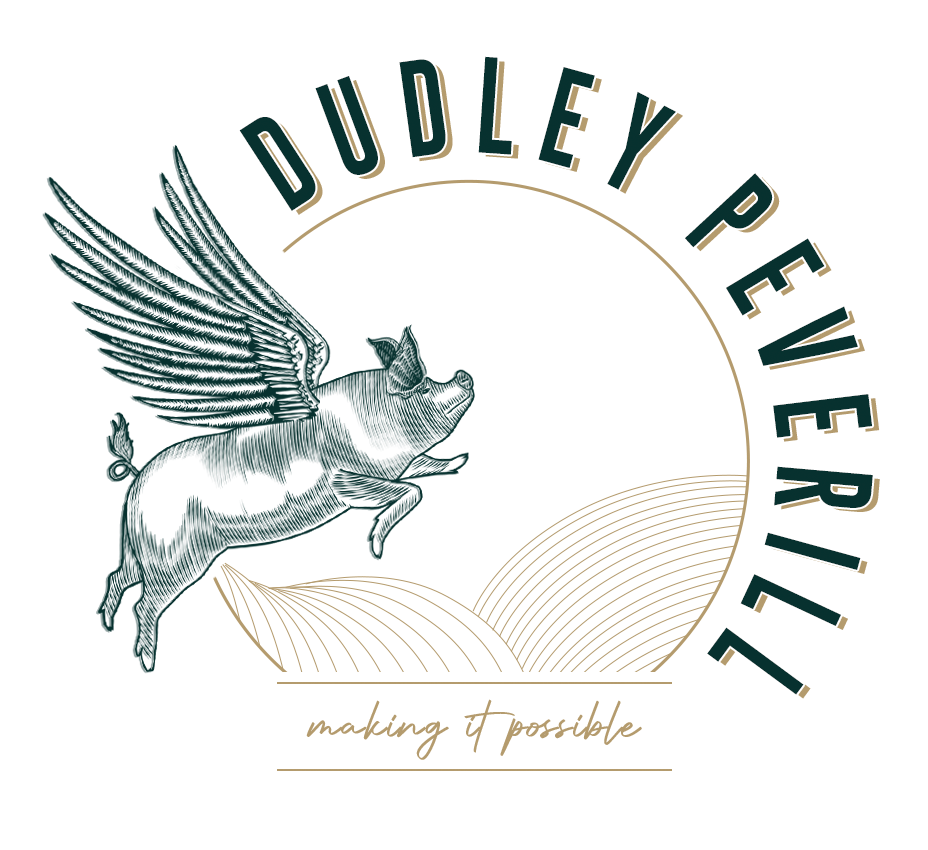Want to diversify your farm business? You’ll need a business plan! A well informed business plan will ensure you personally stay aligned with your business goals and will be invaluable when seeking funding or partnerships.
So how do you write a business plan? Read on to find out!
Before you begin, it is important to tailor a business plan to its purpose. Remain mindful of who and what it is being written for:
- Yourself
- Banks and financial lenders
- Potential stakeholders and investors
- Grant applications
1. Introduce the business
Like most things, a business plan needs an introduction. Provide basic details here, such as:
- What is it called?
- Where is it?
- Who owns and runs it?
- What does it do, provide or produce?
Include a mission and vision statement here!
2. Explain and describe the business
Here you may begin to elaborate. Use this section to give details and explain the business. Be creative! Use the following subheadings to help guide you:
Strengths and weaknesses
Demonstrate that you have considered the strengths, weaknesses, opportunities and threats surrounding your new venture by producing a SWOT analysis for example.
Legal structure
Provide some detail on how you intend to structure the business. This will be important to lenders and potential stakeholders. It is important that the legal business structure is considered fully for various reasons. It is recommended that you take legal advice regarding this matter.
Business and product description
Explain how your business delivers and adds value in detail here. Expand on the brief detail given in the introduction. Differentiate your business from the competition. Focus on:
- What exactly does it provide/ what is the product?
- Who are it’s target consumers?
- How is it branded. How will it feel and look?
- What suppliers will you use for materials or goods?
Intellectual property
Outline whether the business has, or intends to acquire domain names and trademarks. Discuss confidentiality of business operations and information.
Management and personnel
Describe the stakeholders and personnel involved, or to be involved in the business. Provide details of:
- Who they are and their position in the business (are staff required?)
- Their experience
- Their skillsets
- How staff will be managed; payroll, supervision, appraisal etc.
Records
Describe how the business will keep its records and what records it will keep.
- Sales
- Audits
- Stock and inventory
- Safety and liability reviews
- What legal obligations are required? How will these be obtained?
3. Marketing
Market research
Explain how you have identified the following on both a local and a wider trending basis:
- Your research methodology. E.g. surveys, articles, product testing.
- Your target customer/ consumer
- The gap in the market
- The demand for your product or service
- Ongoing trends within the industry and the wider population
Be specific here. It must be obvious to the reader that there is demand for your service or product. You must be able to support claims with quantifiable market research that you can reference.
Competition
Demonstrate your consideration and understanding surrounding potential competition. Depending on what your business does, this could have a more local focus. Explain how you will outcompete rival businesses… What is your USP?
- Competitor businesses offering a similar product
- The demographics of competition. I.e. how far is the nearest competition
- highlight barriers to entry and the risk of other market entrants
Sales and marketing plan
You must outline a detailed overview of your proposed marketing and sales strategy.
- How will your target consumer know about your product or service?
- What marketing tools and channels are you going to use? E.g. social media, websites, signage, magazine adverts
4. Financials and budgeting
As expected, budgeting must feature as part of a business plan. Detailed forecast budgets should include:
- Initial capital investment requirement
- Cashflow forecasts
- Profit and loss forecasts
You should justify why you have used figures, providing commentary to guide the reader. Often, reverse costings must be used, therefore you must include any assumptions made.
An in depth discussion of your pricing structure must be included, informed by thorough market research.
Although very important to any business, budgets are not the be all and end all of a business plan. Often the marketing and sales strategy surrounding a product or service itself holds more importance. After all… how many business plans do you think are written which show a financial loss…!?
5. Formatting and presentation
If presenting your business plan to potential financial investors or stakeholders, it must appear presentable. Here are some things to consider:
- Front cover
- Contents page
- Page numbers
- Spelling and grammar
- Consistent formatting. E.g. font type, size, alignment
- Table and figures
Writing a good business plan takes time, dedication and often various skillsets. However, it is important to put the effort in to create a thorough business plan before investing in any farm diversification enterprise.
At Dudley Peverill, we work hard to deliver farm diversification on behalf of our clients, often encountering matters arising from the above. Contact us today to discuss diversifying your farm or rural business, or how to write a business plan today.
Click on the button below to book your free introductory call with our farm diversification experts.

